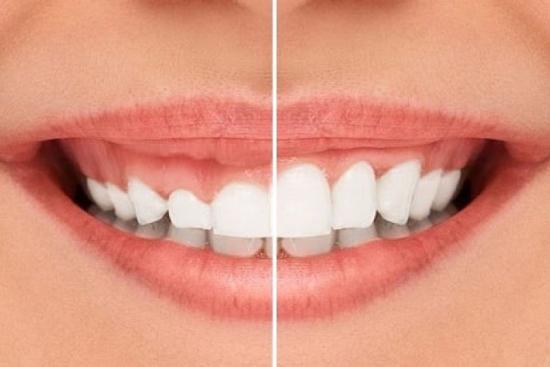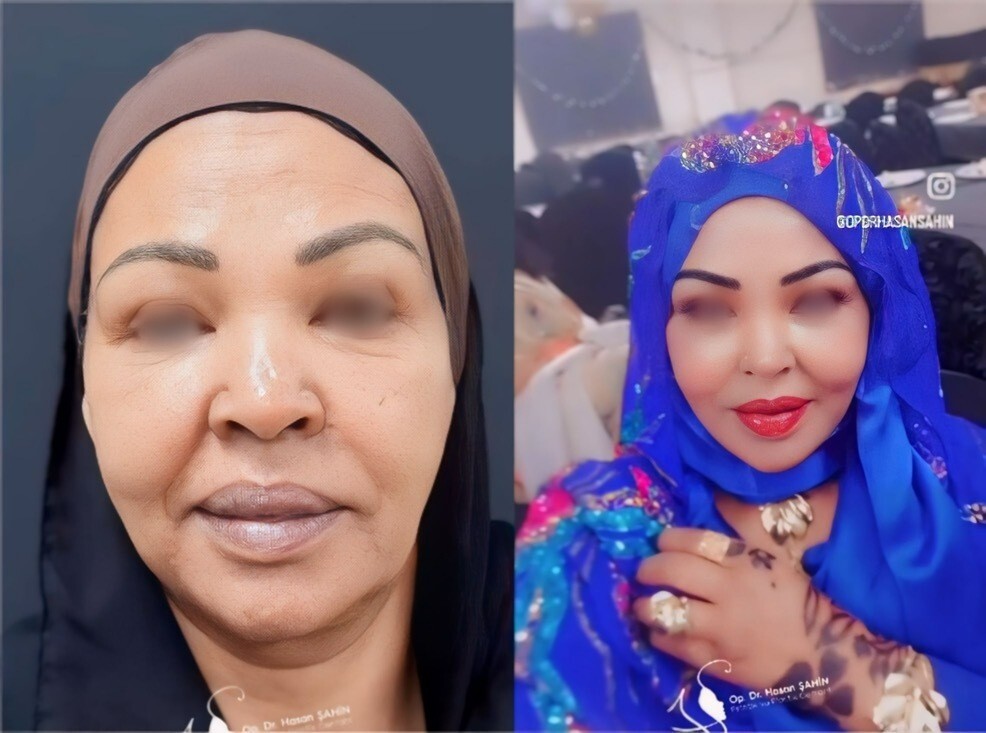If your smile looks "gummy" or your teeth appear smaller than they should, tooth crown lengthening might be exactly what you need. This minimally invasive surgical procedure reshapes the gum line to reveal more of the natural tooth, creating a more balanced and attractive smile.
Whether you're interested in cosmetic enhancement or preparing for dental restorations, such as crowns or veneers, crown lengthening is a safe, quick, and effective solution.
Cost of coronal elongation in Turkey
At Turquie Santé, we strive to provide a quality dental experience for our patients in collaboration with the country's leading periodontal surgeons. Each procedure is carried out in certified clinics that follow strict sterilization and hygiene protocols with one objective in mind: your comfort and safety.
On average, the cost of coronal lengthening in Turkey is approximately €115 per tooth.
Not sure if this procedure is right for you? Take advantage of our free teleconsultation with a specialist now and receive a personalized, no-obligation quote.
In just a few clicks, you can compare rates and services from several partner dental clinics in Turkey. We'll help you make the right choice at the best price with complete transparency.
Contact us today to receive your personalized treatment plan and restore your beautiful smile.










